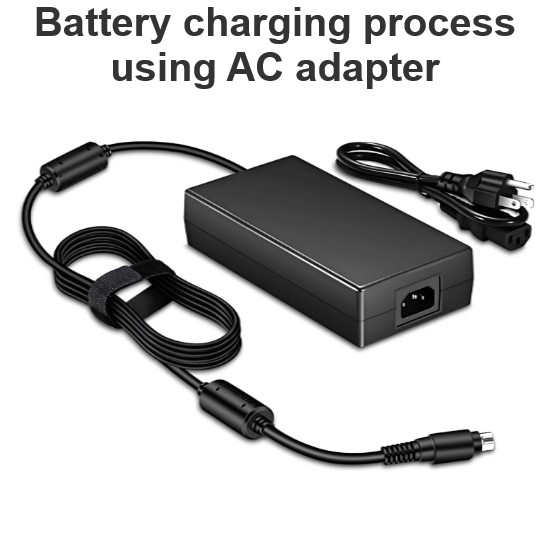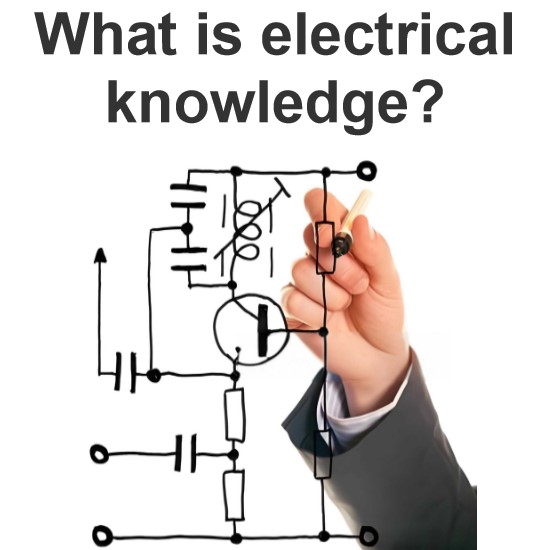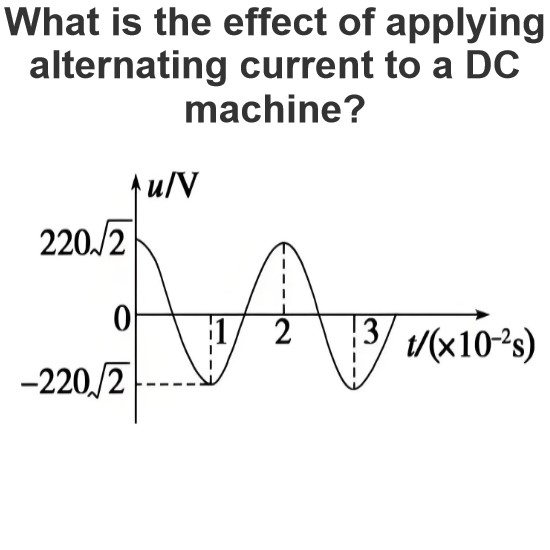What is the Paltier Effect?
What is the Paltier Effect?
Definition of the Paltier effect
Palber effect refers to when a current passes through a circuit composed of different conductors, in addition to irreversible joule heat, heat absorption and heat release will occur respectively at the junction of different conductors with the direction of the current.
Working principle
The Paltier effect was discovered by the French physicist Paltier in 1834. It is based on the properties of thermoelectric materials, that is, when an electric current passes through two different conductors (usually semiconductor materials), energy transfer occurs at the junction due to the different energy states of charge carriers (electrons or holes) in the material. If the current flows from one material to another, the joint will absorb heat and reduce the temperature; Conversely, heat is emitted at the joint, raising the temperature.
Influencing factor
Material property
Current magnitude
Temperature difference
Advantage
Miniaturization: Thermoelectric refrigerators are small in size, light in weight and easy to integrate.
No mechanical moving parts: Unlike traditional compression refrigeration systems, thermoelectric refrigeration has no mechanical moving parts, so it has a long life and high reliability.
Fast response: can quickly respond to temperature changes, to achieve accurate temperature control.
Flexibility: You can quickly switch cooling or heating modes as needed.
Apply
Electronic refrigeration
Electronic refrigeration
Generate electricity
Sensor
Sum up
Paltier effect is an important physical phenomenon and has wide application prospects. With the continuous development of materials science and electronic technology, the application of Paltier effect will be more and more extensive.
The Electricity Encyclopedia is dedicated to accelerating the dissemination and application of electricity knowledge and adding impetus to the development and innovation of the electricity industry.













